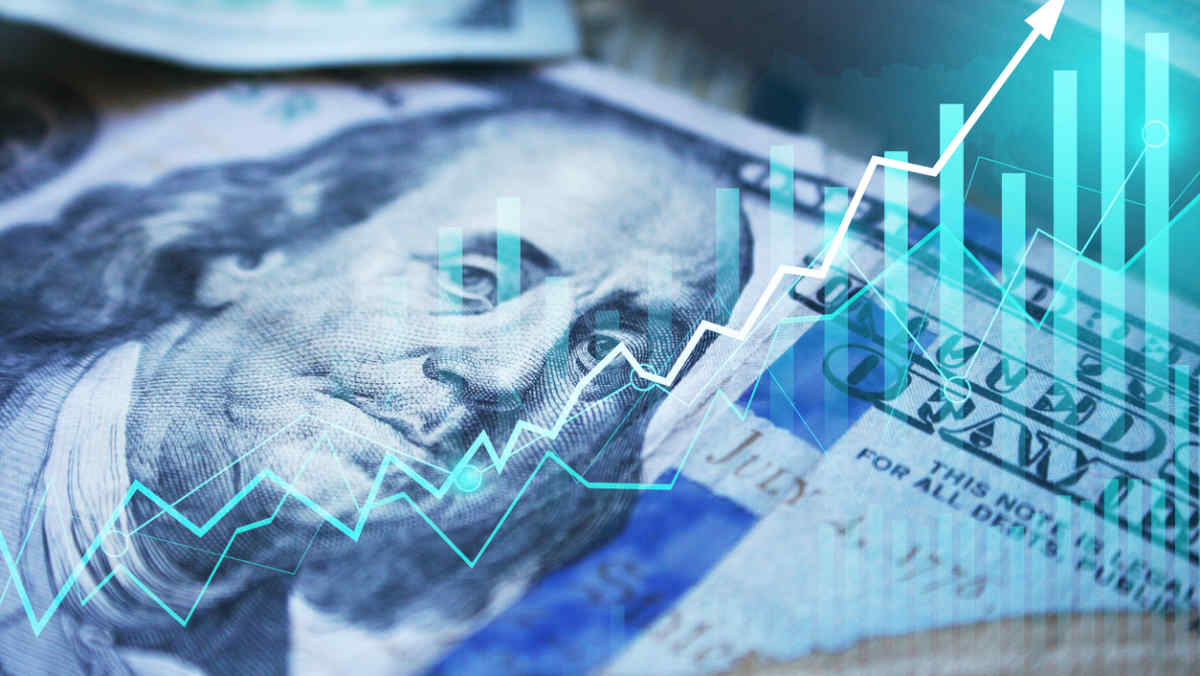

?Employers are spending more on overall compensation costs for workers, data out today from the Labor Department finds.
Total employer compensation costs for private industry workers averaged $40.23 per hour worked in December 2022. Wage and salary costs averaged $28.37 and accounted for 70.5 percent of employer costs, while benefit costs were $11.86 and accounted for 29.5 percent, according to the latest quarterly Employer Costs for Employee Compensation Report from the U.S. Bureau of Labor Statistics (BLS).
That’s an increase from the total employer compensation costs for those same workers in September 2022. Then, costs averaged $39.61 per hour worked. Wage and salary costs averaged $27.93 and accounted for 70.5 percent of employer costs, while benefit costs were $11.68 and accounted for 29.5 percent of compensation.
Meanwhile, the costs for private industry workers are significantly lower than the costs for state and local government workers, according to today’s report. Total compensation for those government workers averaged $57.60 per hour worked in December 2022. Wages and salaries averaged $35.69 per hour worked and represented 62.0 percent of total compensation costs, while benefit costs averaged $21.91 and accounted for the remaining 38 percent.
Benefits
Aside from pay, what’s taking the biggest cost bites for private industry workers? Health insurance accounts for 7 percent of total compensation, followed by Social Security and Medicare (5.9 percent) and vacation time (3.8 percent). Retirement and savings costs averaged $1.36 per hour worked in December 2022 and accounted for 3.4 percent of total compensation costs.
Total benefit costs consist of five major categories and include 18 benefit costs, according to the BLS, including paid leave (vacation, holiday, sick, and personal leave); supplemental pay, like overtime and premium; insurance (life, health, short-term and long-term disability, retirement and savings); and legally required benefits, like Social Security and Medicare.
Inflation’s Impact
Although high, pay and benefits spending is still trailing the rate of inflation by a fairly wide margin.
The Consumer Price Index (CPI) for all items rose 6 percent for the 12 months ending in February, before seasonal adjustment, the U.S. Bureau of Labor Statistics (BLS) reported earlier this week. That’s down from the 6.4 percent annual gain seen in January. On a monthly basis, the CPI rose 0.4 percent in February, seasonally adjusted, after increasing 0.5 percent in January.
While inflation has been cooling lately, months of persistent high costs are still proving extremely problematic for workers, and overall, salaries haven’t kept up.
Labor compensation costs in the U.S. for private sector workers—including pay and benefits—increased 5.1 percent year-over-year from a 4.4 percent increase a year earlier, the BLS reported Jan. 31 in its quarterly Employment Cost Index (ECI).
Largely speaking, salaries have jumped up in the past two years, as employees’ leveraging power has increased in a hot job market. Rising inflation also contributed to higher compensation for scores of employees, with many employers looking to help ease the sting of soaring inflation with higher pay.
But momentum on higher salaries may be losing steam, Payscale’s annual Compensation Best Practices Report, released last month, found that employers are eyeing smaller raises in 2023 as inflation and the job market cool. Fewer organizations plan to give base pay raises this year, with 80 percent of organizations saying they plan to do so in 2023, Payscale found, while 92 percent of organizations gave raises in 2022.

